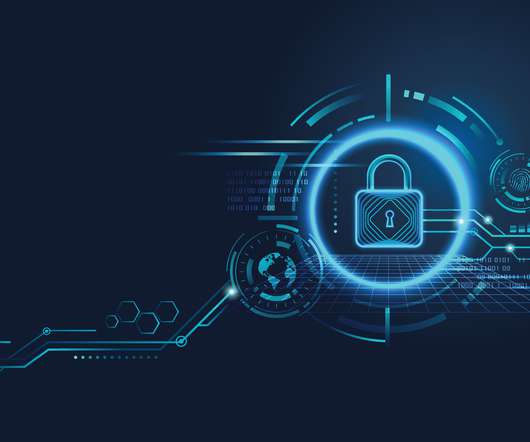5 Cyber Security Threats to SMEs, and How Software Development Services Can Help
KitelyTech
JANUARY 11, 2019
Malware refers to any software that’s installed on a computer or any machine to carry out unwanted tasks benefiting a third party. Examples of malware include spyware, Trojans, adware, ransomware and bots. Businesses should also ensure that their anti-virus software, operating systems, firmware and firewalls are up-to-date.















Let's personalize your content